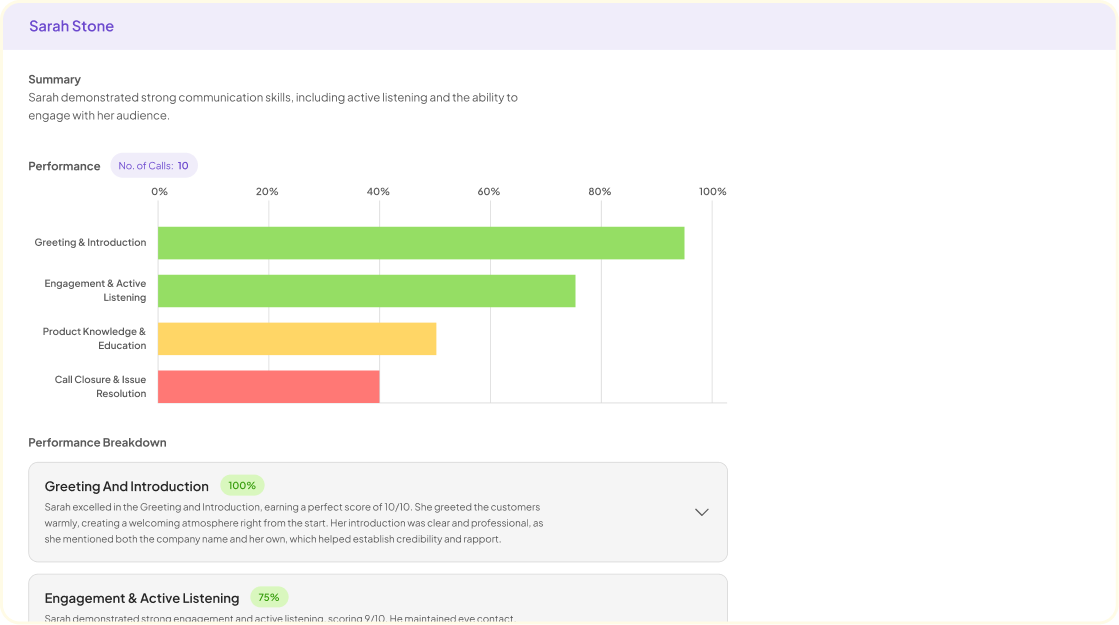Sentiment Insight Mining plays a crucial role in understanding customer opinions and emotions. As businesses strive to improve their products and services, analyzing sentiments from various text sources has become essential. Leveraging advanced algorithms, this process uncovers underlying themes and sentiments within customer feedback, allowing organizations to make informed decisions.
The ability to extract actionable insights from data enhances the overall understanding of customer experiences. By transforming raw text into meaningful sentiment analysis, companies can address pain points and align their strategies with customer expectations. This practice not only fosters better relationships but also drives business growth by ensuring that customer voices are heard and valued.
Understanding Sentiment Insight Mining is essential in the journey of sentiment analysis and text mining. This process focuses on extracting emotional and subjective nuances from textual data. By tapping into people's feelings and opinions, organizations can gain profound insights that enhance customer interactions and improve decision-making.
There are several key components to sentiment insight mining. First, data collection plays a critical role. This involves gathering text data from various sources, like social media, reviews, or surveys. Next, sentiment classification helps determine whether the sentiments expressed are positive, negative, or neutral. After classification, sentiment analysis and visualization techniques present the findings in an insightful manner. These methods facilitate deeper analysis, allowing businesses to understand their audience better. Lastly, continuous monitoring ensures that sentiment insights remain relevant and actionable. By applying these components strategically, organizations can effectively navigate their customers' emotional landscape and adapt their strategies accordingly.
The Role of Sentiment Insight Mining in Text Mining
Sentiment Insight Mining plays a critical role in text mining by transforming raw textual data into actionable insights. Businesses today generate vast amounts of customer feedback and opinions, yet traditional data analysis methods often fall short. Sentiment Insight Mining addresses this gap by systematically identifying and analyzing the emotions expressed in the text. As a result, organizations can understand customer sentiments and respond effectively, which is essential for staying competitive.
This process involves several key steps. First, it captures unstructured text data from sources such as interviews, social media, and reviews. Next, advanced algorithms classify sentiments as positive, negative, or neutral. Finally, businesses can interpret these insights to inform decisions on product development, marketing strategies, and customer engagement. By incorporating Sentiment Insight Mining into their text mining efforts, companies can enhance their understanding of customer needs and enhance overall performance.
Key Techniques in Sentiment Insight Mining
Sentiment Insight Mining involves applying specific techniques to extract valuable perceptions from textual data. Understanding customer opinions requires various methodologies that transform raw data into actionable insights. For instance, natural language processing (NLP) techniques play a critical role in parsing through large volumes of text, identifying sentiments, and categorizing them effectively. Additionally, machine learning algorithms can enhance this process by learning from past data to predict future sentiment patterns.
To effectively mine sentiment insights, three key techniques should be adopted: sentiment classification, aspect-based sentiment analysis, and emotion detection. Sentiment classification identifies whether a piece of text conveys positive, negative, or neutral emotions. Aspect-based sentiment analysis takes this further by pinpointing specific features or aspects being discussed, revealing what is liked or disliked. Emotion detection, on the other hand, delves deeper to identify specific feelings such as joy, anger, or sadness, thus providing a richer understanding of customer sentiments. Together, these methods create a comprehensive approach to understanding user perspectives, guiding businesses toward informed decisions.
Applications of Text Mining in Real-World Scenarios
Text mining plays a critical role in various real-world applications, especially in the field of sentiment insight mining. This technique helps organizations transform unstructured text data into valuable insights. For example, businesses can analyze customer feedback from reviews or social media posts to gauge public sentiment about their products. By extracting sentiments, companies can enhance their marketing strategies, tailoring their offerings based on customer perceptions and emotions.
Additionally, sentiment insight mining finds use in crisis management. Organizations can monitor online conversations and detect negative sentiments before they escalate into larger issues. This proactive approach allows them to respond timely, mitigating potential damage. By employing advanced text mining techniques, companies gain a more profound understanding of their audience, enabling them to make informed decisions and improve customer experiences.
Implementing Sentiment Insight Mining Tools
Implementing Sentiment Insight Mining tools entails harnessing advanced technology to transform raw data into meaningful insights. This process begins with the accumulation of data from various sources, such as customer feedback, reviews, and social media interactions. Efficiently mining sentiments allows businesses to better understand customer emotions and preferences, guiding strategic decisions.
To effectively implement these tools, consider the following steps:
Data Collection: Begin by gathering data from multiple channels to ensure a comprehensive sentiment analysis.
Tool Selection: Choose sentiment analysis tools that align with your business's specific needs, focusing on ease of use and functionality.
Data Analysis: Employ the selected tools for processing the collected data, converting qualitative responses into quantitative metrics.
Actionable Insights: Extract insights that can drive marketing strategies, product development, and customer service improvement.
Continuous Improvement: Regularly review and refine your processes based on insights gained, ensuring the sentiment mining remains aligned with changing customer needs.
By adopting this structured approach, organizations can gain a competitive edge through timely, insightful interpretations of customer sentiment.
Choosing the Right Tools for Sentiment Insight Mining
When it comes to effective sentiment insight mining, selecting the right tools is crucial for achieving meaningful outcomes. Start by assessing the features that a tool offers, such as natural language processing capabilities and the ability to analyze various data formats. A robust tool should not only scrape data but also interpret emotions and sentiments accurately, providing you with actionable insights.
Consider the scalability of the tools you explore. As organizations generate vast amounts of customer interactions, the ability to analyze data at scale becomes vital. Furthermore, ensure that the chosen solution integrates seamlessly with existing systems. This integration will facilitate smoother workflows and more efficient collaboration across teams. Don't overlook ease of use; intuitive interfaces can significantly reduce the learning curve, enabling teams to derive insights faster and more effectively. By choosing the right tools, you will enhance your sentiment insight mining efforts and drive informed business strategies.
Overcoming Challenges in Sentiment Analysis
One of the main challenges in sentiment analysis lies in accurately interpreting the nuances of human emotions. Traditional methods often struggle to capture context, sarcasm, or cultural references, leading to misinterpretation of sentiment. To overcome these issues, it is essential to utilize advanced techniques that enhance the understanding of complex data. Implementing Natural Language Processing (NLP) can significantly aid in extracting actionable sentiment insights, which brings clarity to customer feedback and interactions.
Moreover, the sheer volume of data generated today adds to the challenge. As organizations collect customer comments, reviews, and conversations at an unprecedented scale, manual analysis becomes impractical. Automating this process through AI-powered tools can streamline the extraction of sentiment insight mining. This allows businesses to swiftly translate customer opinions into strategic actions, ensuring they stay competitive and responsive in the market. Ultimately, a thoughtful approach to these challenges can transform sentiment analysis into a powerful asset for any organization.
Conclusion: Harnessing Sentiment Insight Mining for Success
Harnessing sentiment insight mining is a transformative approach for organizations looking to understand their customers more deeply. By analyzing and extracting meaningful emotions from customer interactions, businesses can make informed decisions that resonate with their audience. This process not only uncovers valuable feedback but also highlights trends that might otherwise go unnoticed.
Incorporating sentiment insight mining into your strategy ensures you are aligned with customer expectations and preferences. This can lead to improved products, tailored services, and enhanced customer satisfaction. Ultimately, by embracing this powerful technique, companies can gain a competitive edge, paving the way for sustained success in an ever-evolving market.


